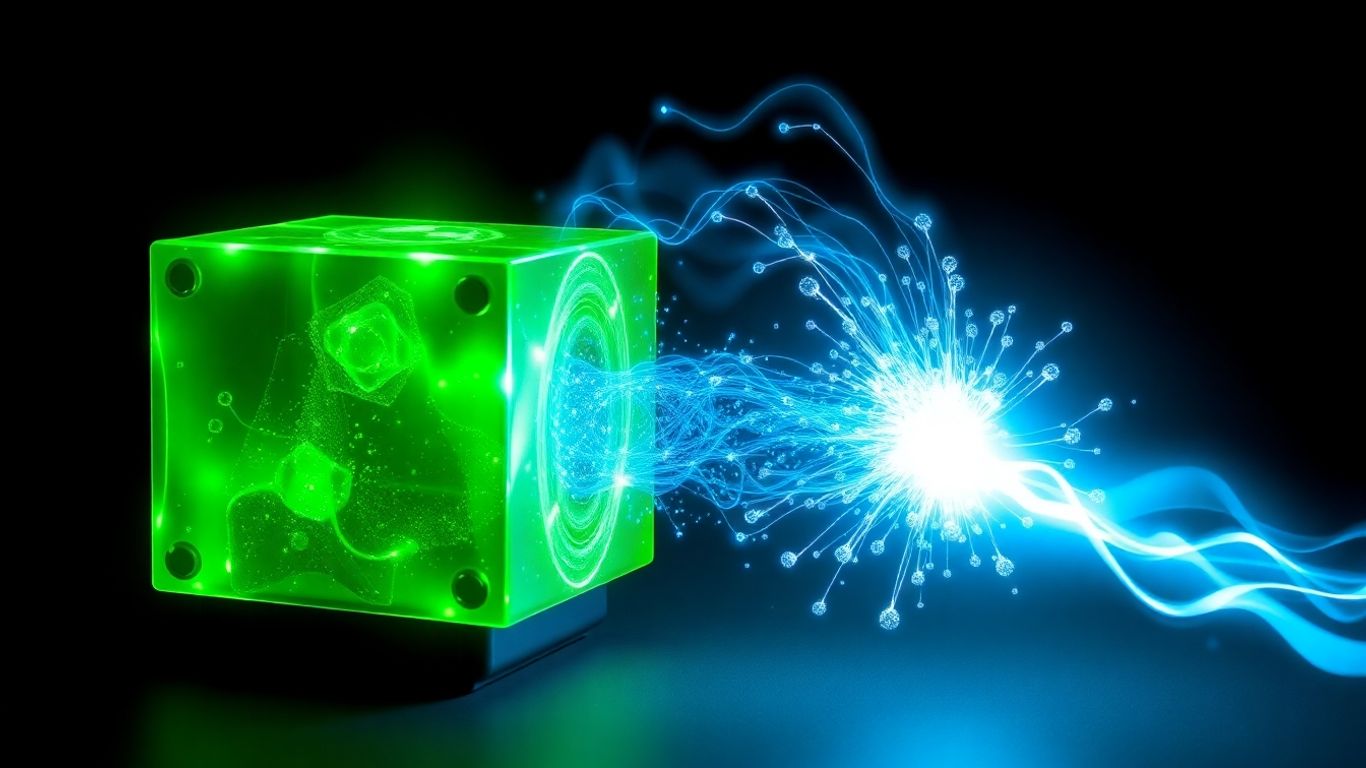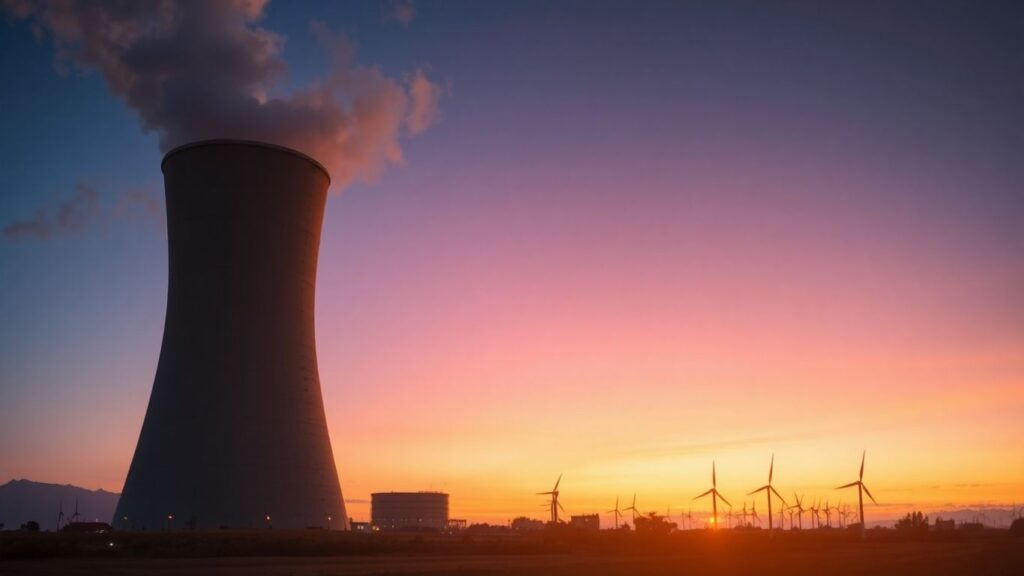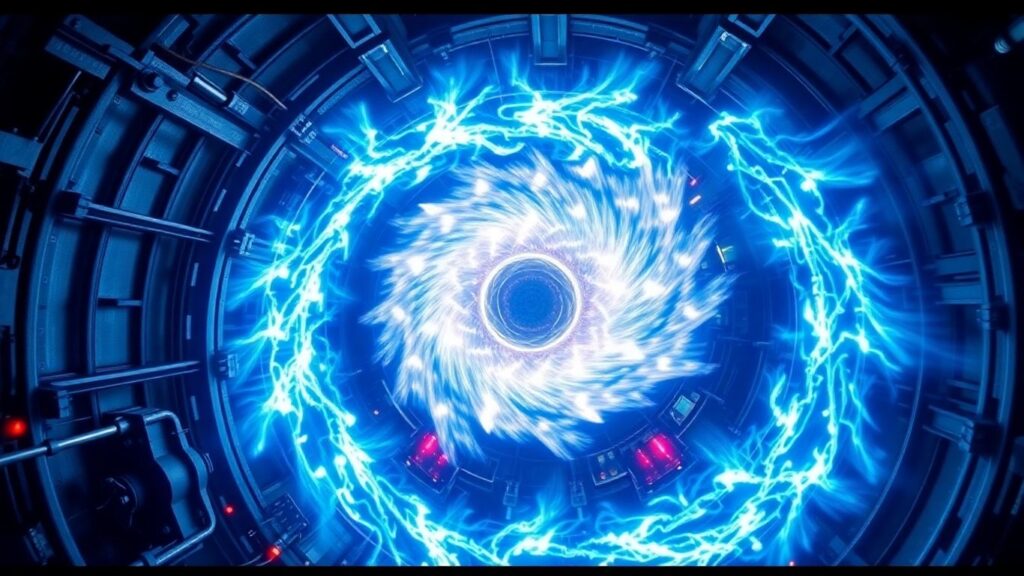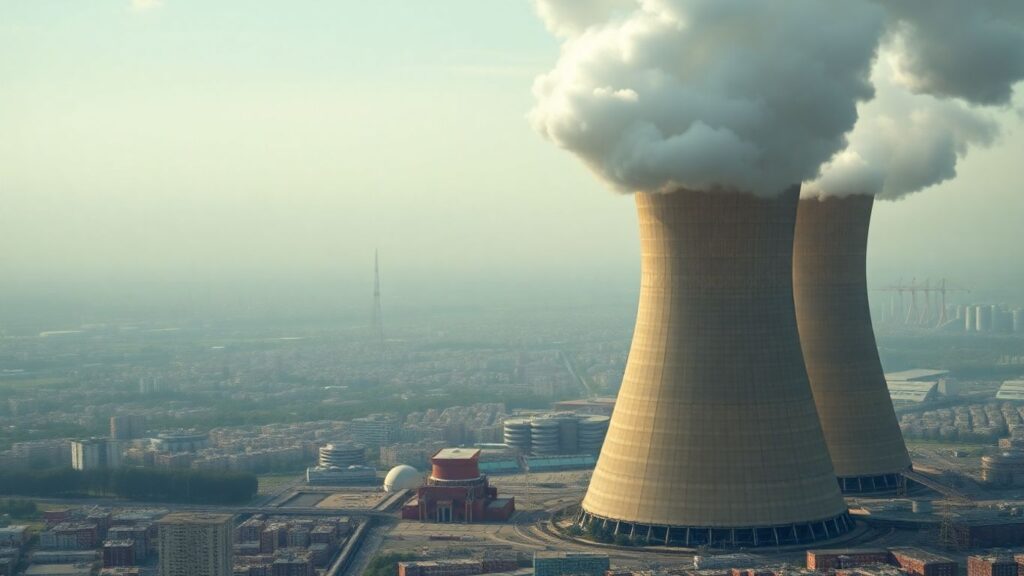Scientists are exploring a novel approach to transform hazardous nuclear waste into a key component for cleaner nuclear energy. This innovative method could potentially address two major challenges in the energy sector: managing radioactive byproducts and producing more sustainable power.
Key Takeaways
- Researchers propose using existing nuclear waste to produce tritium, a crucial element for nuclear fusion.
- This process could lead to a safer and cleaner form of nuclear energy compared to current fission methods.
- The U.S. currently lacks domestic tritium production capabilities, making this a significant potential advancement.
The Challenge of Nuclear Waste
Nuclear power plants currently generate electricity through nuclear fission, a process that splits atoms to release energy. While efficient, fission produces radioactive waste that remains hazardous for thousands of years, requiring extensive and careful storage to prevent environmental contamination.
The Promise of Nuclear Fusion
Nuclear fusion, the process that powers stars, involves combining atomic nuclei to generate energy. It offers the potential for vast energy supplies with minimal greenhouse gas emissions. However, commercial fusion energy development faces a significant hurdle: the scarcity and high cost of tritium, a rare form of hydrogen needed as fuel.
A New Path for Tritium Production
Physicists at Los Alamos National Laboratory have proposed a groundbreaking method to produce tritium by utilizing the thousands of tons of nuclear waste currently stored in the U.S. This approach involves using particle accelerators to initiate reactions within the waste, ultimately yielding tritium. Computer simulations suggest this method could produce approximately 4.4 pounds of tritium annually, a significant amount comparable to Canada’s total yearly output from its fission reactors.
Safety and Efficiency
An advantage of this proposed method is its controllability. Unlike the continuous chain reactions in fission power plants, the tritium production process could be turned on and off, enhancing safety. The system is estimated to require about one gigawatt of energy to operate, enough to power roughly 800,000 homes annually.
Future Prospects
While the concept is promising, further calculations are needed to determine the precise cost-effectiveness of producing tritium through this method. Nevertheless, the potential to convert dangerous waste into a valuable resource for cleaner energy marks a significant step forward in the pursuit of sustainable energy solutions.
Sources
- Scientists propose turning nuclear waste into potentially safer nuclear fuel, ABC News – Breaking News, Latest News and Videos.












